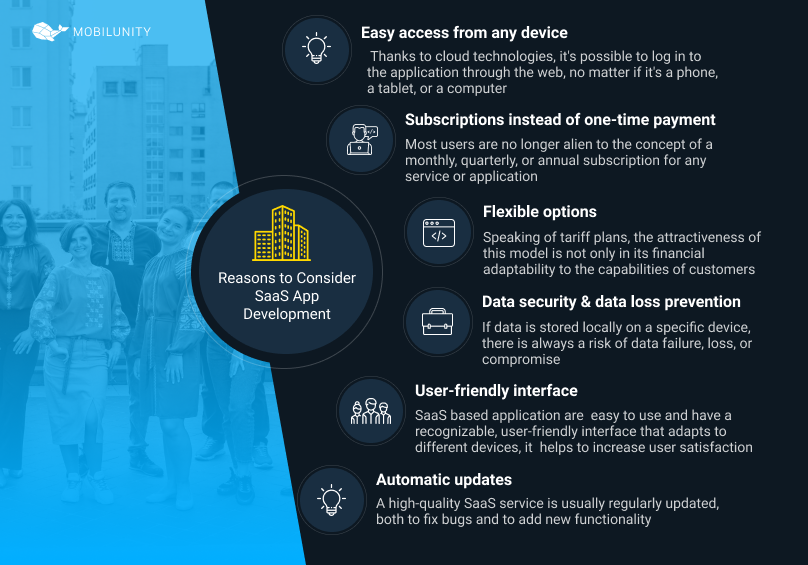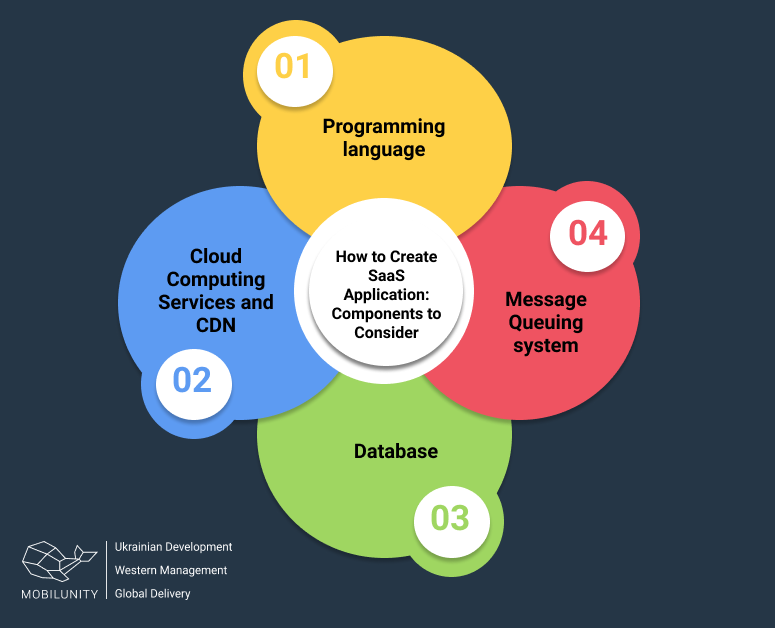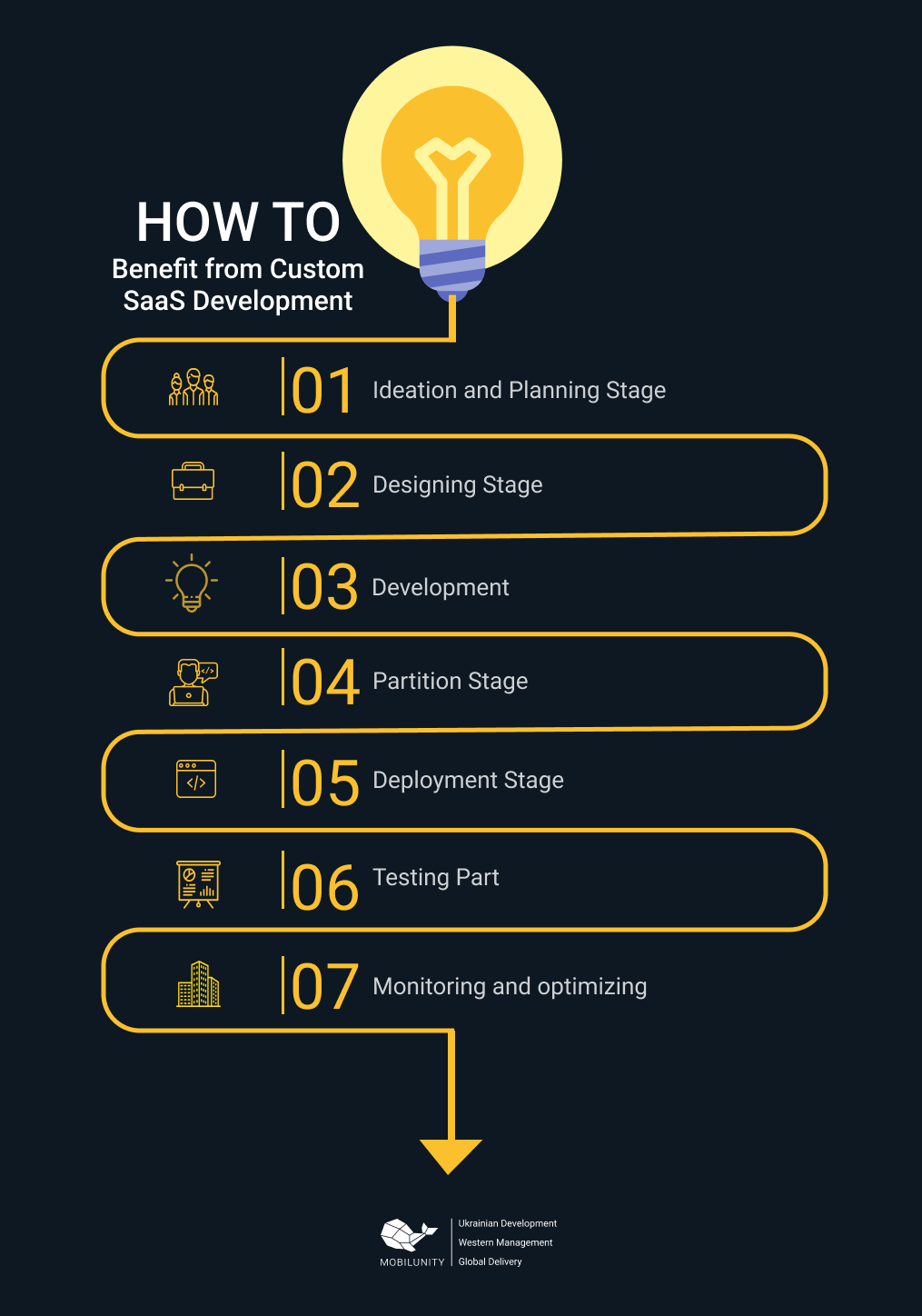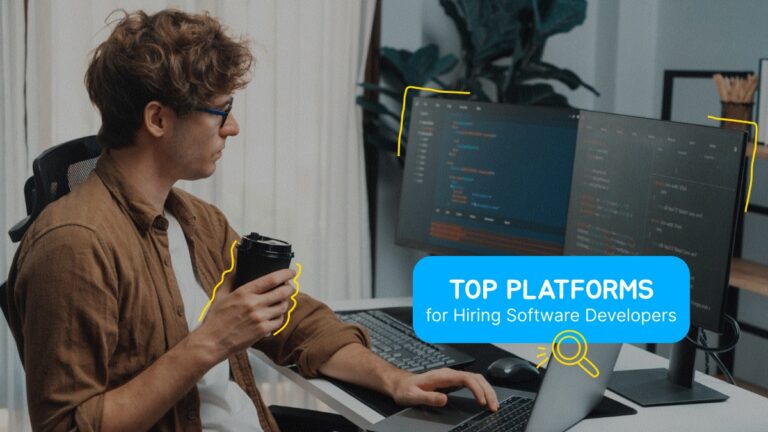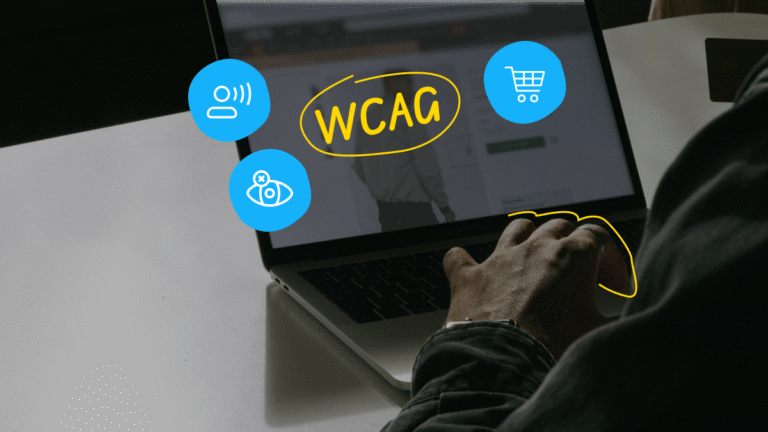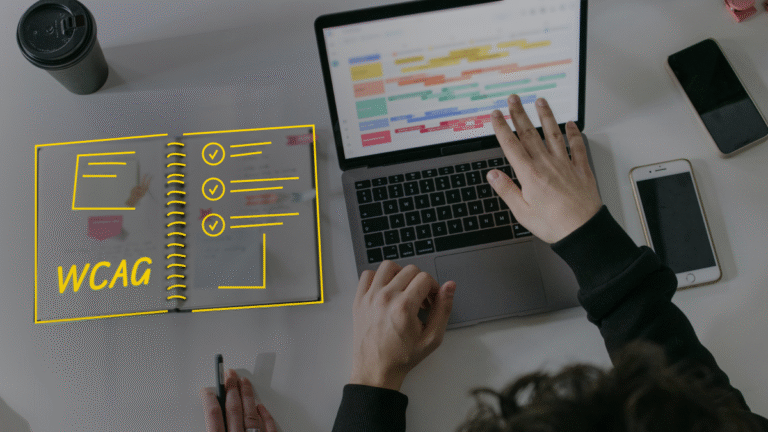Custom SaaS Application Development. Key Facts
- Understanding SaaS Application Development
- It’s Prime Time to Switch to SaaS Application Development, And Here’s Why
- How to Create SaaS Application: Architecture Components to Consider
- Custom SaaS Development Step-by-Step
- How to Gather Top-Level SaaS Development Team
- SaaS Frequently Asked Questions:
- Hire SaaS Developer in Ukraine With the Help of Trusted Partner
When we use any application as a service, not as software installed on our devices, we initially turn into SaaS consumers. For instance, when we use Adobe Photoshop to edit pictures, turn on Netflix to watch new series, or even send emails through Gmail – we use a SaaS-based service. In this article, we’ll discuss why SaaS gained its popularity and how beneficial it can be to build a custom SaaS solution.
Understanding SaaS Application Development
Although the concept of SaaS is still confusing for many, almost every web user actively consumes SaaS products on a daily basis. We use SaaS much more often than we realize, and we see the rapid expansion of SaaS systems in all aspects of our lives.
It can be entertainment platforms like Netflix, Youtube Music, Google Drive, Spotify, or essential for life and work banking apps, email services, CRM (SalesDrive or Salesforce), and analytics systems, and many more. No wonder that SaaS platform development is one of the most popular ways to build new solutions, many of which quickly become unicorns, as mentioned on Failory.
SaaS is a short form of Software-as-a-Service that incorporates any cloud-based software that is accessible via a web interface. Instead of installing programs directly on a device, as was done before, now the service itself is hosted in the cloud, on a server that can be located anywhere in the world. More formally, SaaS is a method of licensing and distributing software through the cloud. This approach allows users to access data from any device connected to the Internet.
Almost every business today uses some form of SaaS. According to BetterCloud, one business uses an average of 16 SaaS services for day-to-day operations. As per the MarketsandMarkets 2020 report, up to 70% of companies were SaaS-based, expecting this number to grow up to 85% by 2025. Needless to say, the demand for high-end SaaS solutions is no joke.
It’s Prime Time to Switch to SaaS Application Development, And Here’s Why
SaaS cloud solutions allow reducing business operational costs and offer an unrivaled user experience at all levels. In addition, modern trends in the world, including the massive transition to a hybrid model of working, make cross-platform functionality and accessibility to services from any device a necessity. That is why it is worth keeping pace with the trends, opting for SaaS application development.
Here are the features valued in SaaS and factors why it may be worth creating a SaaS solution:
- Easy access from any device. Modern processes require simple access to information and data from anywhere and any device. Thanks to cloud technologies, it’s possible to log in to the application through the web, no matter if it’s a phone, a tablet, or a computer. Besides availability, it also protects against the risk of losing data in case of a device failure or replacement.
- Subscriptions instead of huge one-time payment. While SaaS does not limit the choice between financial models, most businesses are leaning towards granting access to a subscription service. Most users are no longer alien to the concept of a monthly, quarterly, or annual subscription for any service or application. A variety of tariff plans also increases the availability of the service and thereby attracts more customers.
- Flexible options. Speaking of tariff plans, the attractiveness of this model is not only in its financial adaptability to the capabilities of customers. It’s also a custom approach to the feature set. Not every user needs the full range of functions that the service provides, and the price for a full package of services can scare away. That is why by customizing and personalizing a subscription offer for different needs, it may be possible to reach a wider auditory.
- Data security & data loss prevention. If data is stored locally on a specific device, there is always a risk of data failure, loss, or compromise. Plus, with modern laws on personal data protection on the web, ensuring data security is a high priority. Storing SaaS data in the cloud removes the need for backups and shifts security concerns to the service provider.
- User-friendly interface. Due to popularity, a SaaS based application must be pretty easy to use and have a recognizable, user-friendly interface that adapts to different devices, which helps to increase user satisfaction in the long run.
- Automatic updates. A high-quality SaaS service is usually regularly updated, both to fix bugs and to add new functionality. This is done by a SaaS developer from the software vendor and therefore reduces the burden on customers. If something goes wrong, it does not become a user problem, and customers can always reach out to the service provider building SaaS app.
Since SaaS development is considered a prominent and fast-paced sphere to jump into, any business interested in custom development needs to consider some factors that are a must for the success of SaaS-based applications.
For SaaS applications to perform with no bugs and freezes, a company must consider these technical facets:
- Have secure databases. The database that you use should be suitable for the project’s specific needs and be compatible with the selected programming language and the volume of the date and growth prospects.
- Scale-up when needed. Even at the planning stage, a SaaS engineer needs to take into account the prospect of expanding both the entire solution as a whole and its functions, and therefore have expansion paths ready for scaling up.
- Update frequently. Modern applications are not set in stone after the release, as without flexibility and adaptability to customer needs, they can quickly become outdated. Therefore, the application must be constantly improved and updated in accordance with customer feedback and market analysis to last for a long on the market.
- Don’t neglect third-party integrations. There is no point in reinventing the wheel when someone is already providing the best supplementary services out there. For an application SaaS, integrations can add functionality and weight to your solution without too much time in building everything by yourself.
- Analyze the market needs and tech expectations. This is useful to get a clear vision of the future product before starting the development process.
How to Create SaaS Application: Architecture Components to Consider
SaaS development helps to hand over a lot of the tasks to third-party servers. At the same time, cloud-based SaaS solutions require a constant search for ways to optimize the product, its technological upgrade to maintain relevance and competitiveness on the market. The building blocks of a SaaS web development architecture include:
- Programming language. It is worth choosing a flexible and easy language to use that can cover all development requirements. For SaaS, Python remains the go-to language.
- Database. Data security is a priority for SaaS development. Make sure to choose the type of database that suits your product, is scalable and divisible so that the data can be used flexibly and optimally distributed.
- Message Queuing system. A SaaS application infrastructure requires a reliable communication protocol. Using it, you can exchange messages with the API and servers without lags and delays.
- Cloud Computing Services and CDN. You need to have a reliable platform to host, run and introduce new features into the product. This is what a cloud computing service is for, and AWS is a popular choice for many.
Custom SaaS Development Step-by-Step
Creating a high-quality SaaS solution involves a number of stages:
- Ideation and Planning Stage. Here, you analyze the existing demand on the market, find the niche, target audience, define the functionality and goals of the future app. The more thorough this stage is, the quicker the next stages can be accomplished.
- Designing Stage. To survive in the nowadays hot competition, all apps must be user-friendly and have an attractive design. The design process directly affects the outer visual and the architecture of the app, so it can involve many planning steps from user stories to functional prototypes.
- Development. The main part is to actually bring the idea to life. The speed of the development process depends not only on the expert team but also on the app’s complexity.
- Partition Stage. Partitioning helps you calculate the potential way to handle the application’s scaling. Cloud storage helps to increase operational flexibility and separate software data across different data stores. This can simplify data processing, movement, and database management.
- Deployment Stage. Deployment automation helps ensure that your application runs smoothly without having to stop for updates. Small updates can happen in real-time and not interfere with users.
- Testing Part. It is necessary to constantly check the performance of the application, eliminating small bugs after launch. Testing is a necessary process for solving all these problems. Ideally, the best approach is to combine manual and automated testing, which will help you not to miss a single error or weakness in the application.
- Monitoring and optimizing. Besides releasing new features, it’s essential to maintain the core functionality and implement improvements in accordance with user expectations.
With a high-end SaaS development team, it’s much easier to ensure that all of the processes go smoothly.
How to Gather Top-Level SaaS Development Team
The size of the IT team may vary, depending on the scale and potential of the project. In general, the team usually includes the following members:
- Project manager. The person who controls all the processes assigns tasks to all other team members and ensures that the project goes according to plan and will be finished within deadlines.
- Business analyst. It helps businesses to analyze the market and measure the potential scalability of the project.
- UX/UI designer. Creates user-friendly, accessible interface of the app. It helps to plan the functionality and app architecture that will be simple to use and intuitive. It also ensures an aesthetic and recognizable visual of the interface.
- Backend SaaS software developer. Takes care of the app processes running on the server and ensures an error-free performance.
- Frontend developer. Develops the solution on the client-side and creates the designed interface with code.
- Mobile developer. Creates applications for iOS and Android, launches them on AppStore and Google Play Market.
- QA engineer. Ensures that there are no issues in the app performance by testing software for errors and bugs. Often, companies also look for specialists with SaaS DevOps resume if the quality control of the project is a high priority.
Depending on the budget, project size, and prospects, there can be a need to additionally hire SaaS developer or infrastructure engineers to boost the team or add more specific roles like a SaaS DevOps specialist, marketing manager, technical writer, and more.
SaaS Frequently Asked Questions:
Hire SaaS Developer in Ukraine With the Help of Trusted Partner
Many companies opt for outsourcing development teams for a number of reasons, but it’s important to find a reliable IT services provider to get quality results. One of the most attractive countries to outsource IT services to is Ukraine, both in terms of IT skills and salary rates of the local experts. If you’re considering delegating the SaaS project to a dedicated team, be sure to get in touch with Mobilunity. Mobilunity is a trusted Ukrainian IT partner providing dedicated development teams to businesses all over the world for 10+ years.
Want to build SaaS application that will win leading market positions in the niche? Gathering a top-level team of specialists is possible with Mobilunity.
Need to hire SaaS developer for your project? Mobilunity can help you find a perfect fit in no time!
Disclaimer: All salaries and prices mentioned within the article are approximate numbers based on the research done by our in-house Marketing Research Team. Please use these numbers as a reference for comparison only. Feel free to use the contact form to inquire on the specific cost of the talent according to your vacancy requirements and chosen model of engagement.

